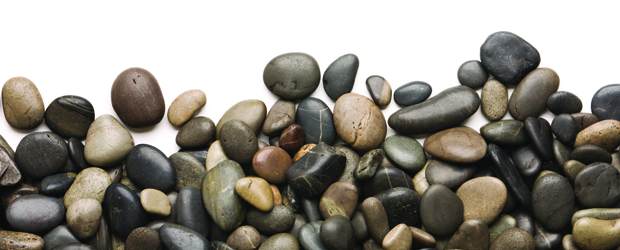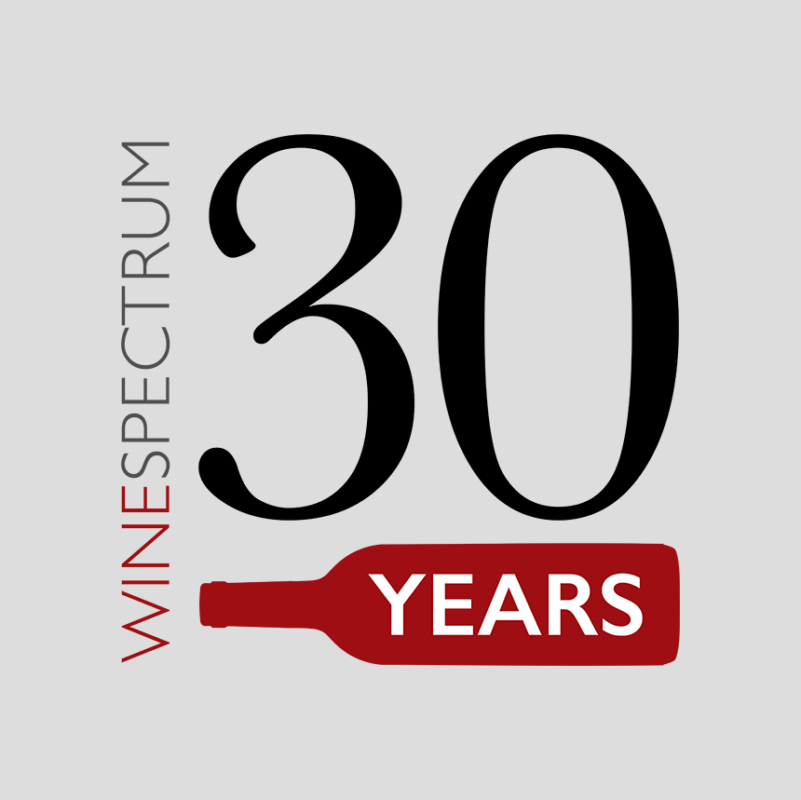Wine Words
Tasting Notes: Word of the Week “Minerality”

This week’s word is one that has been growing in popularity, cropping up in tasting notes, reviews and used by critics, sommeliers, and wine makers alike. If you have been following our tasting notes series from the beginning you may be coming to the realization that many of the words we use to describe wine are entirely subjective. Well, if you are tired of hearing that a descriptor is neither good nor bad and that it is dependant on personal preferences, then good news! A wine with minerality is universally understood to be good.
So minerality is a good thing, but what does it mean? This word has become a sort of catchall for qualities of a wine that are hard to describe. It is used to identify wines that are something other than fruity, spicy or herbal. It is a term used in reference to aroma, taste, or both. For aroma, think the smell of sidewalks after is rains, crushed rocks, chalk, and the fresh salty scent of coastal air. Now taste is a little trickier as most of us aren’t about to go lick a wet sidewalk or chew on some rocks. Wines with minerality tend to make you salivate, not solely due to acidity but because of a savory non-fruit quality.
One school of thought is that minerality is directly linked to origin and terroir. The term is sometimes used to connect the wine directly to the major soil components of a wine region, although this theory is up for much debate. Since it is such a delicate trait tasters tend to identify minerality more in old world wines. The overt oak and fruitiness often found in new world counterparts can easily mask this quality. Varietals featuring minerality are Riesling, Albarino, Sauvignon Blanc, and Old World Chardonnay.
Our recommendation:
2014 Dr. H. Thanisch ‘Bernkasteler Badstube’ Riesling Kabinett
 Wine Spectrum 93: The wine-growing tradition of the Thanisch family can be traced back more than 350 years. In 1636, the name was mentioned for the first time in the registers of Bernkastel. The estate has a major holding of the most famous German vineyard, the Berncasteler Doctor.
Wine Spectrum 93: The wine-growing tradition of the Thanisch family can be traced back more than 350 years. In 1636, the name was mentioned for the first time in the registers of Bernkastel. The estate has a major holding of the most famous German vineyard, the Berncasteler Doctor.
Bright golden yellow in colour with a flinty minerality and a very-well integrated tartness. The wine shows opulent ripe yellow fruit with flavors of pineapple and mango as well as a hint of elderberries. A touch of salinity on the finish makes this wine memorable. Very well balanced with lots of facettes.




[…] Tasting Notes: Word of the Week “Minerality” | Wine Spectrum […]
“Much debate indeed.” If Miley Cyrus likes wine we should consult with her on the nuances of minerality. She could be ahead of us all in this developing trend. I prefer the use of the term “earthy.” Anyone who finishes high school and has a little imagination can wander on from there. Earthiest for me? S. African wine.